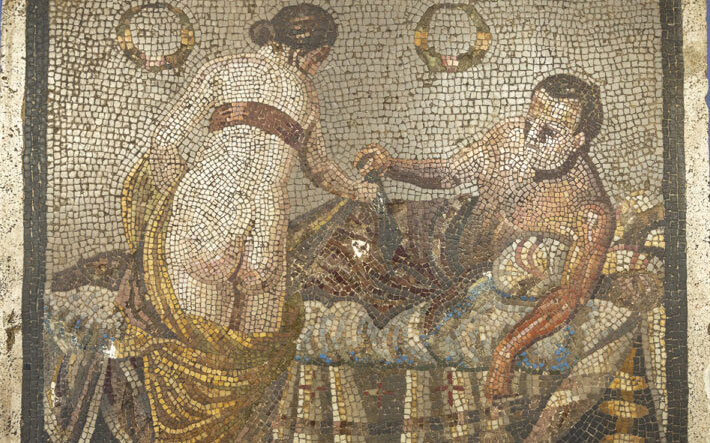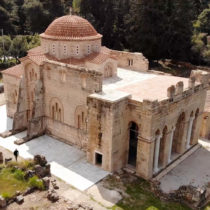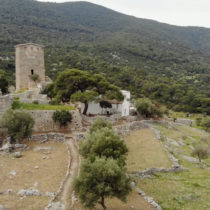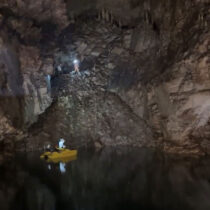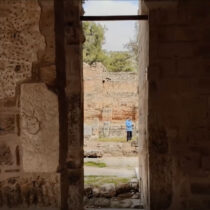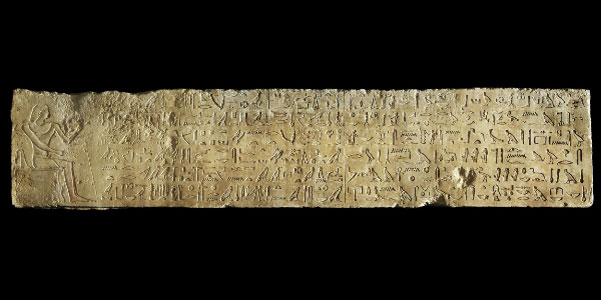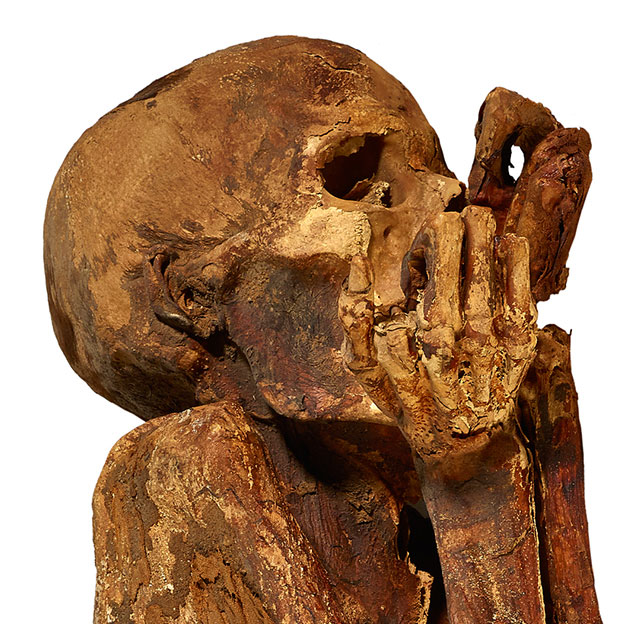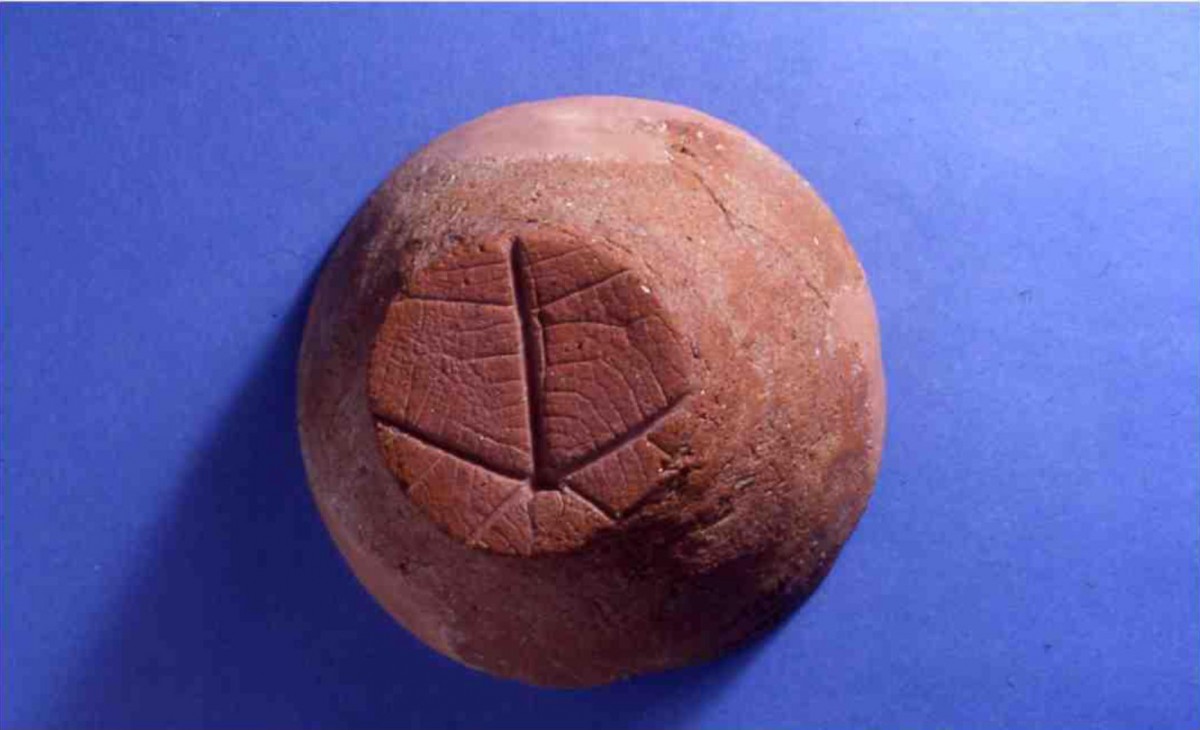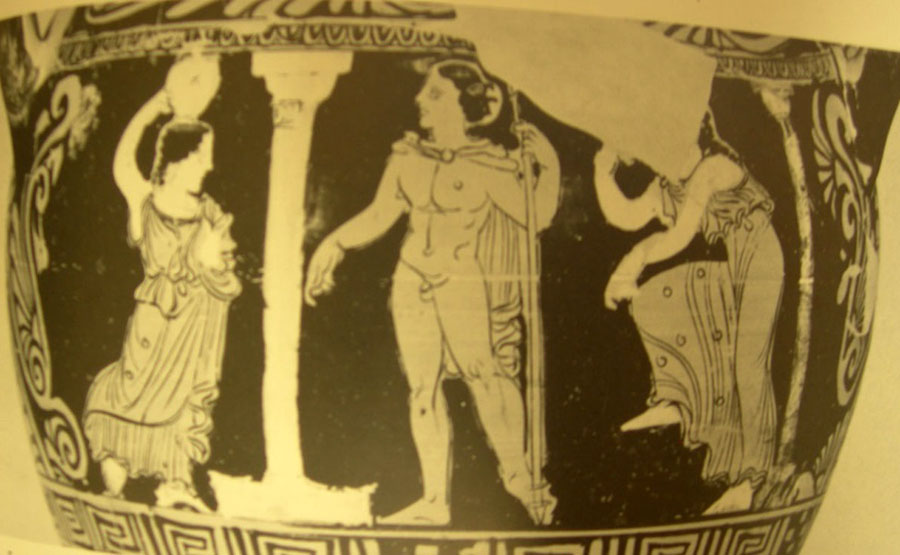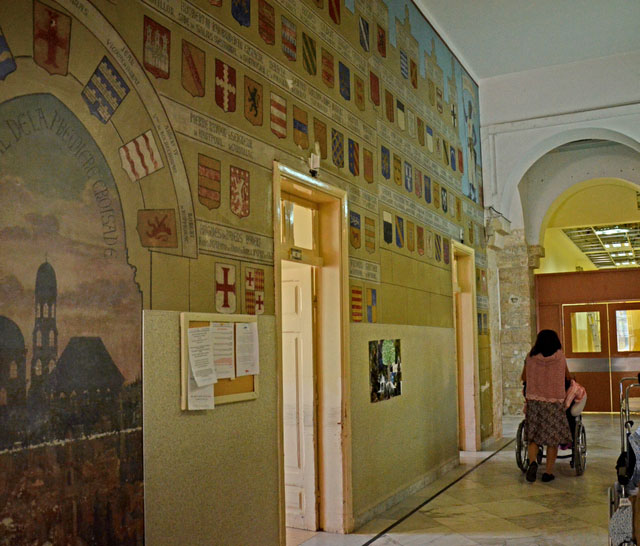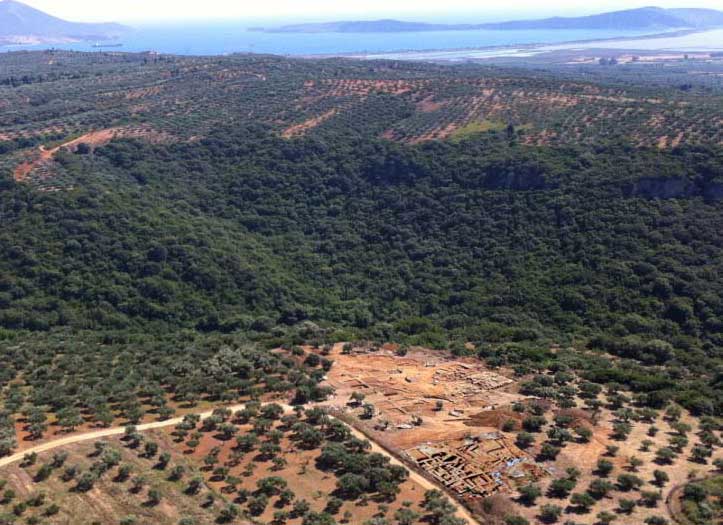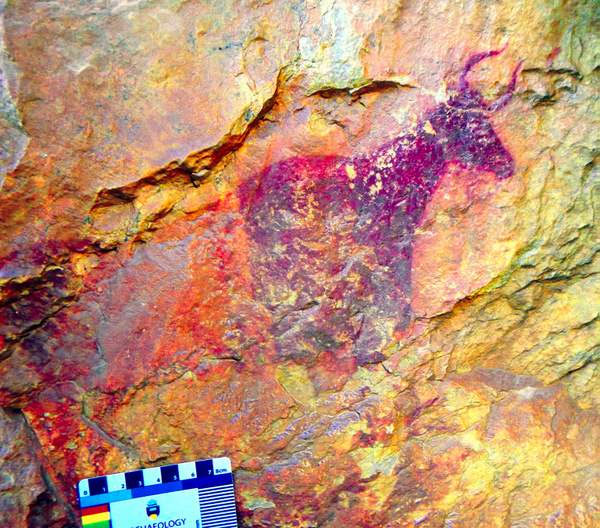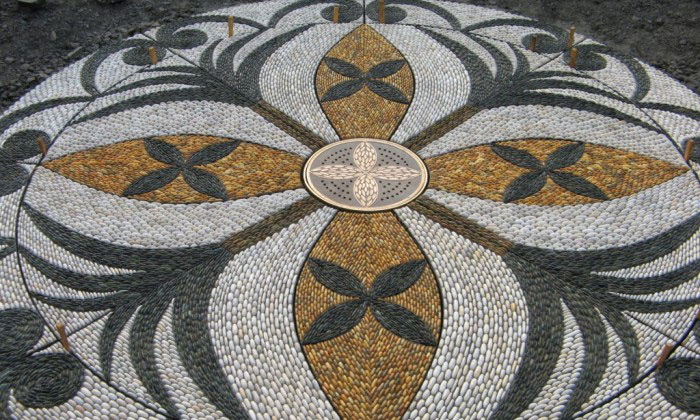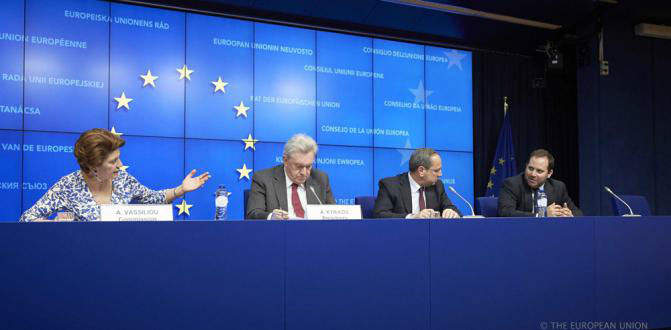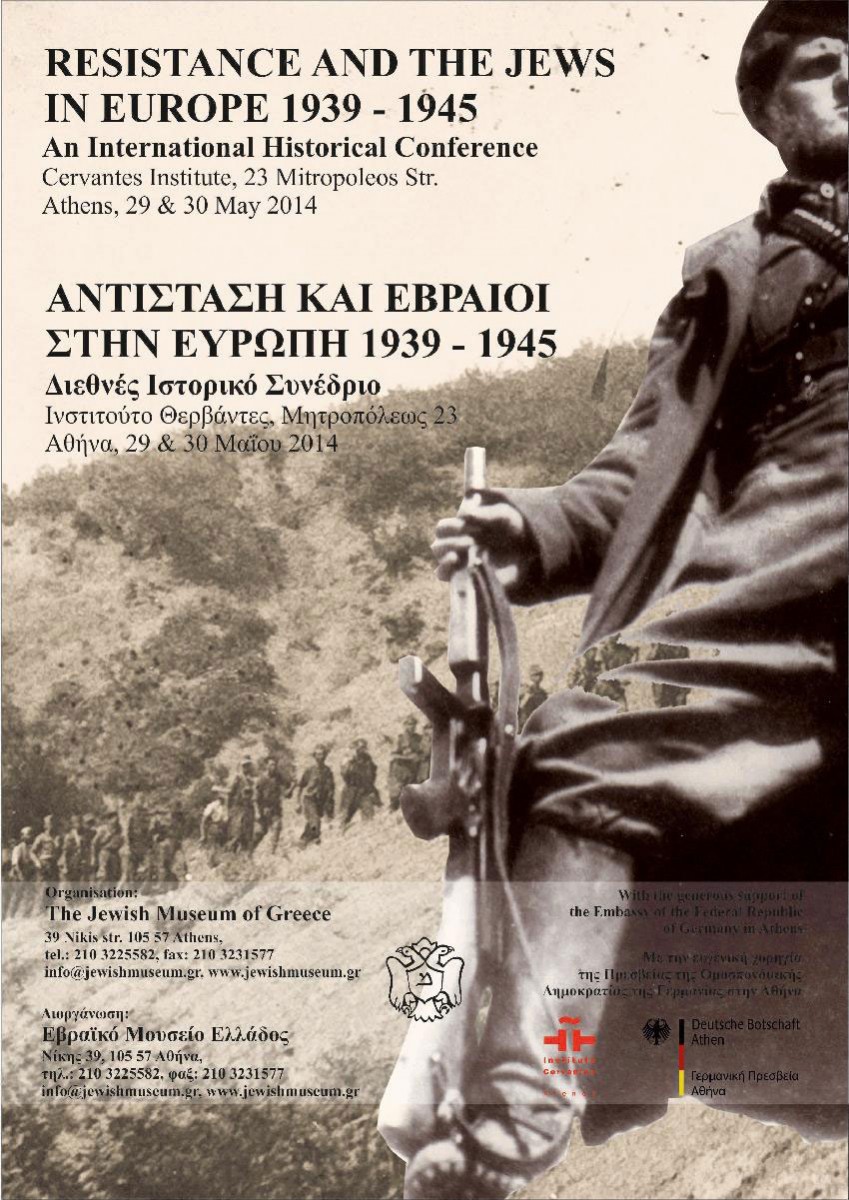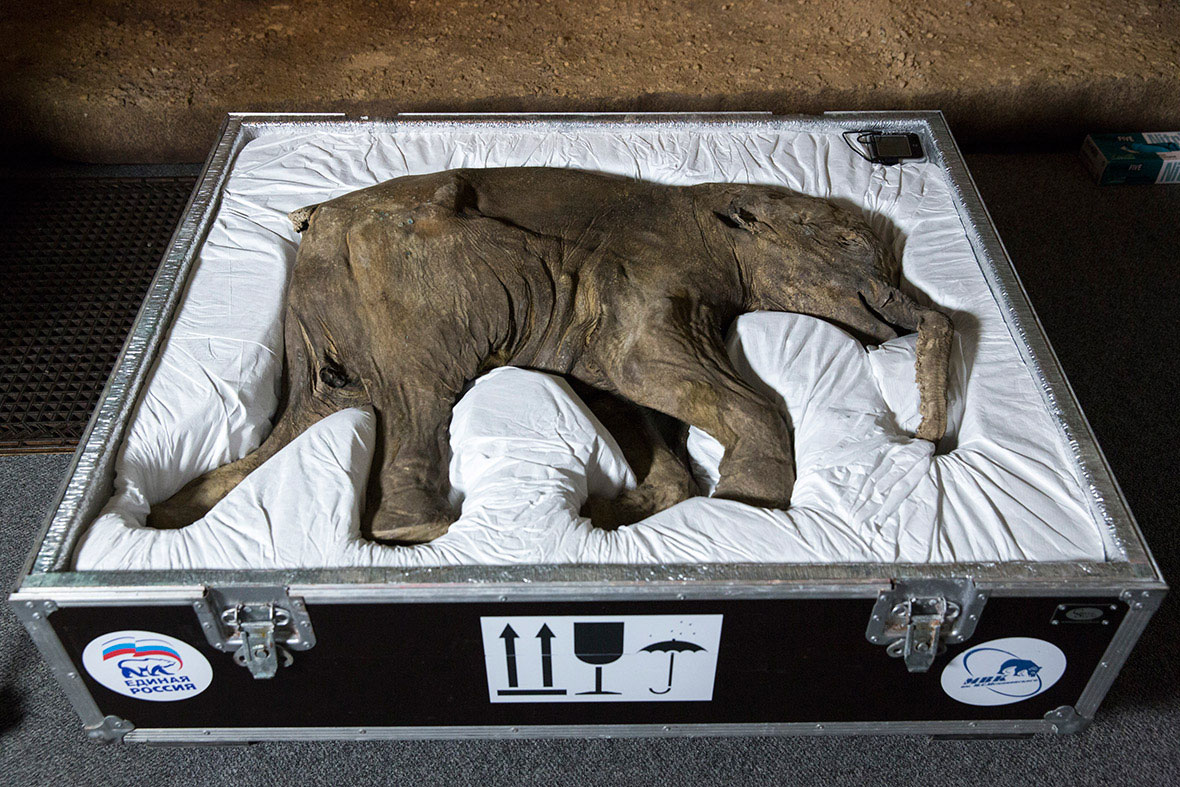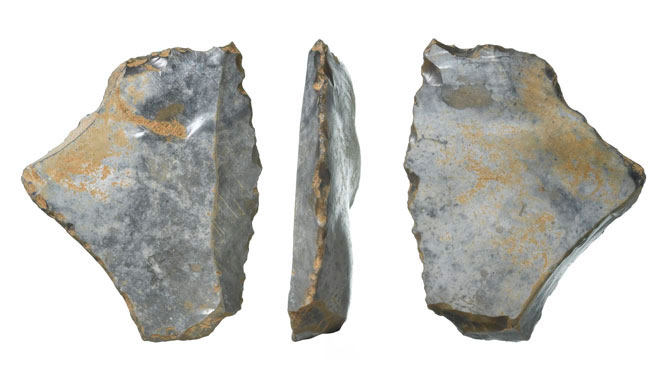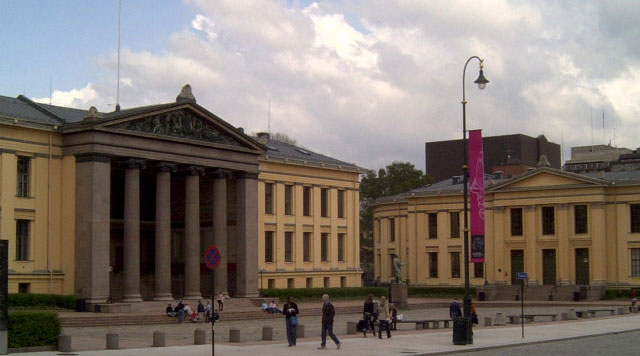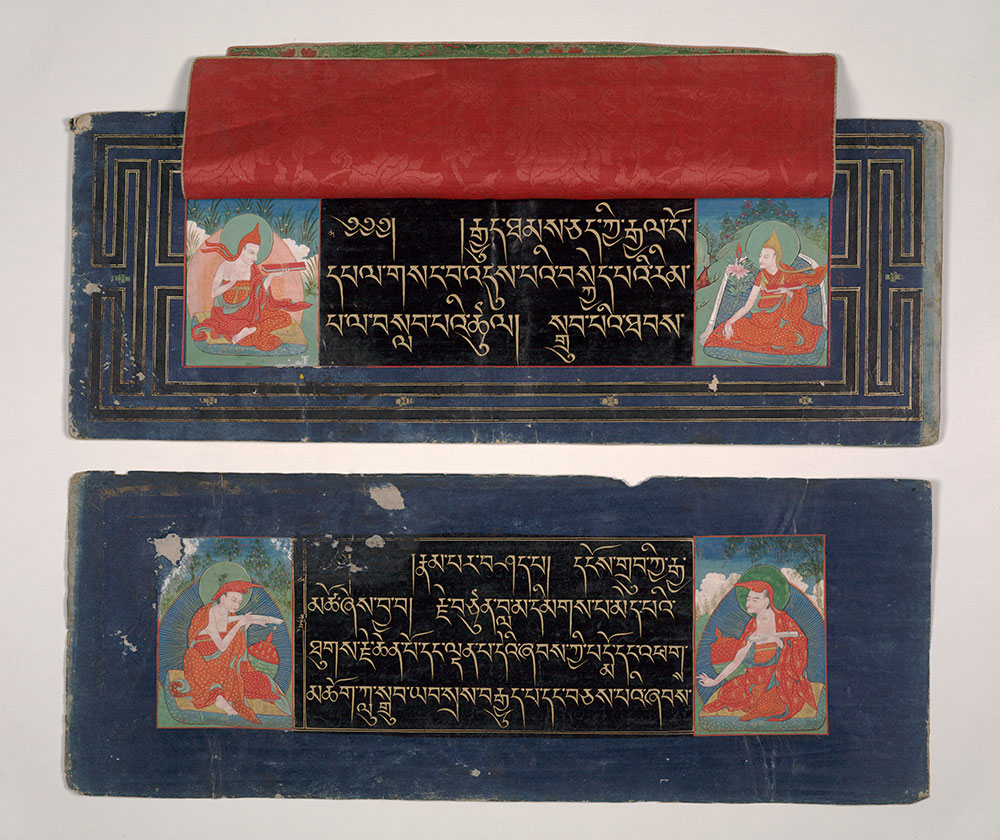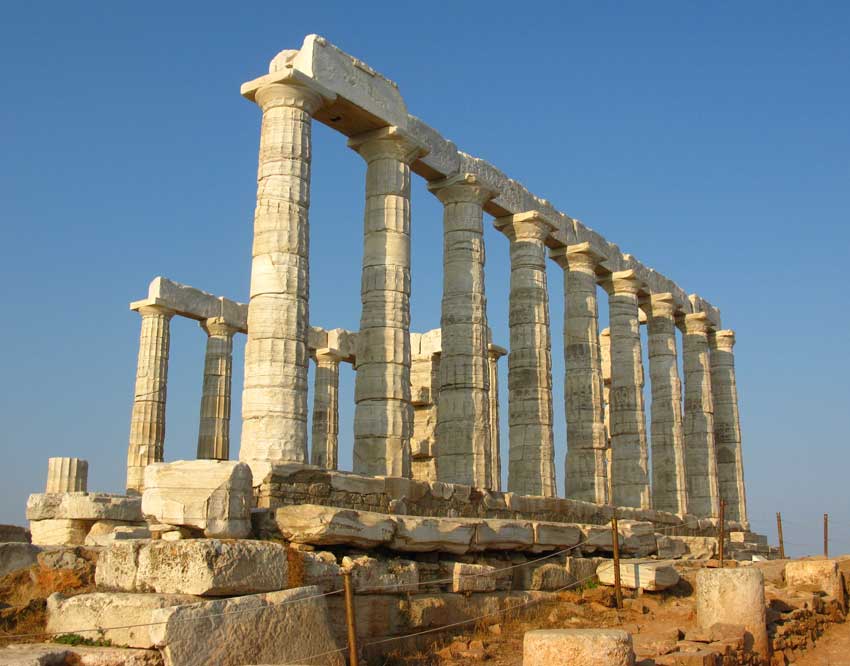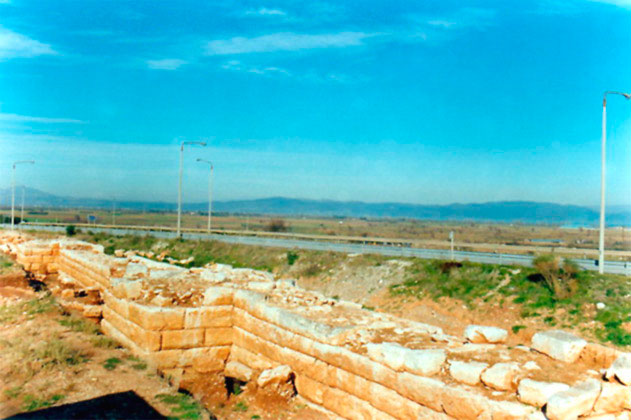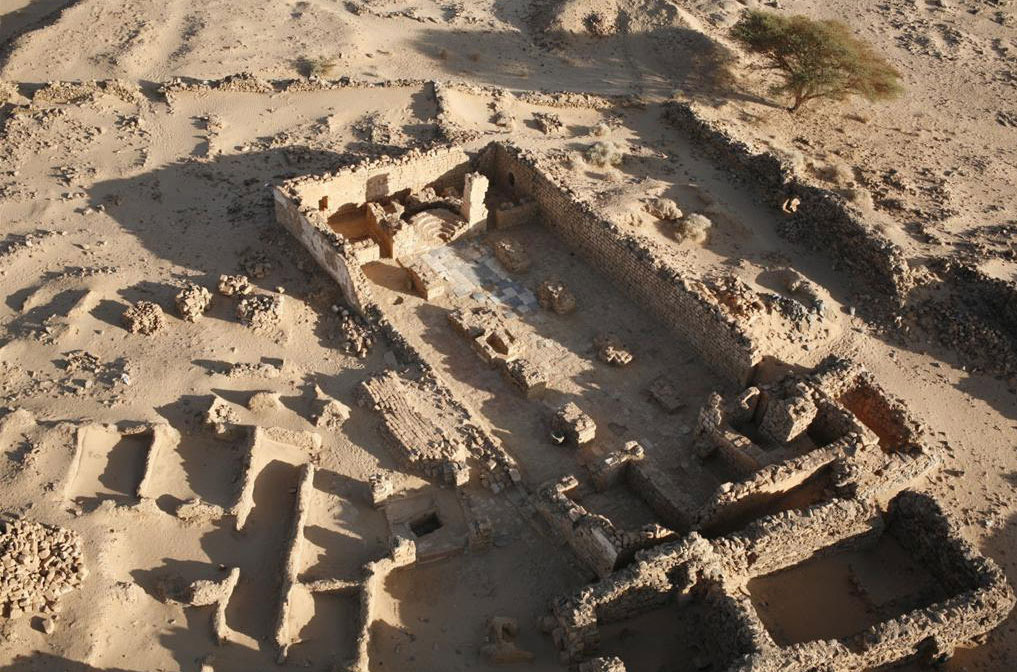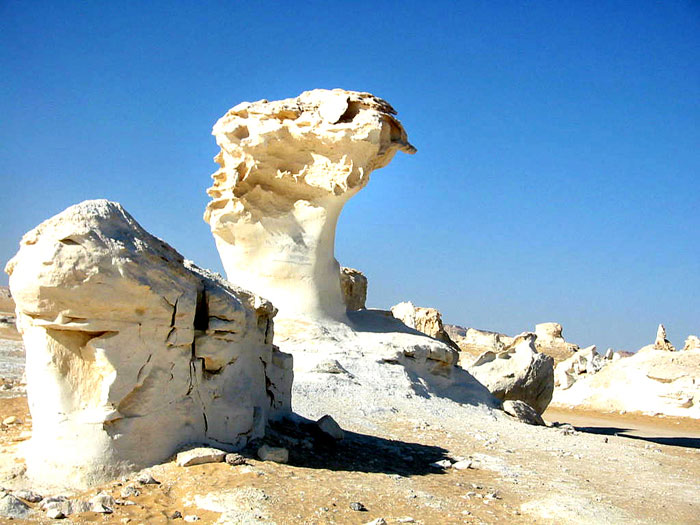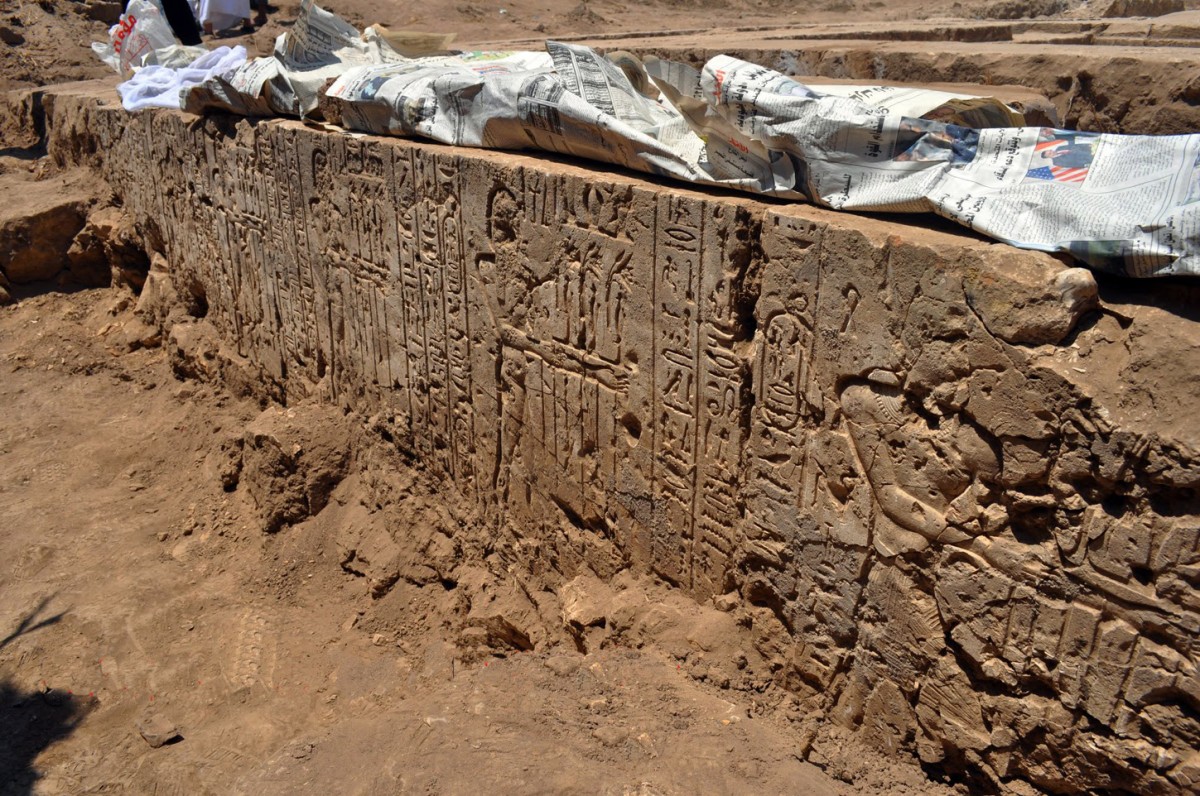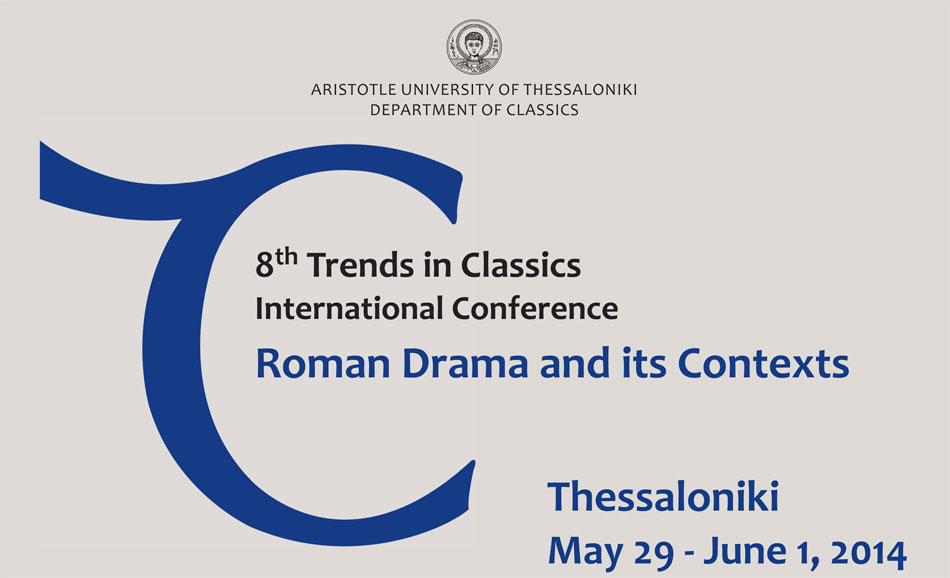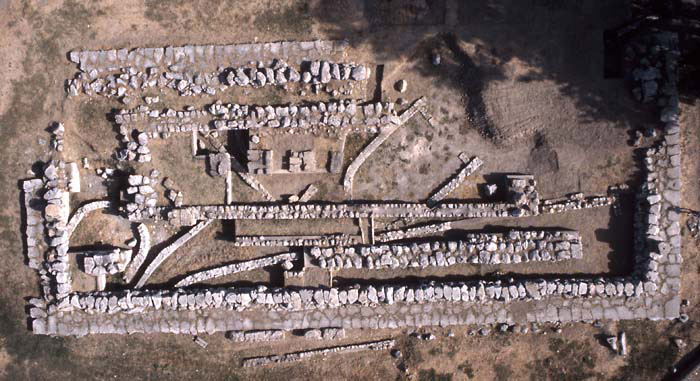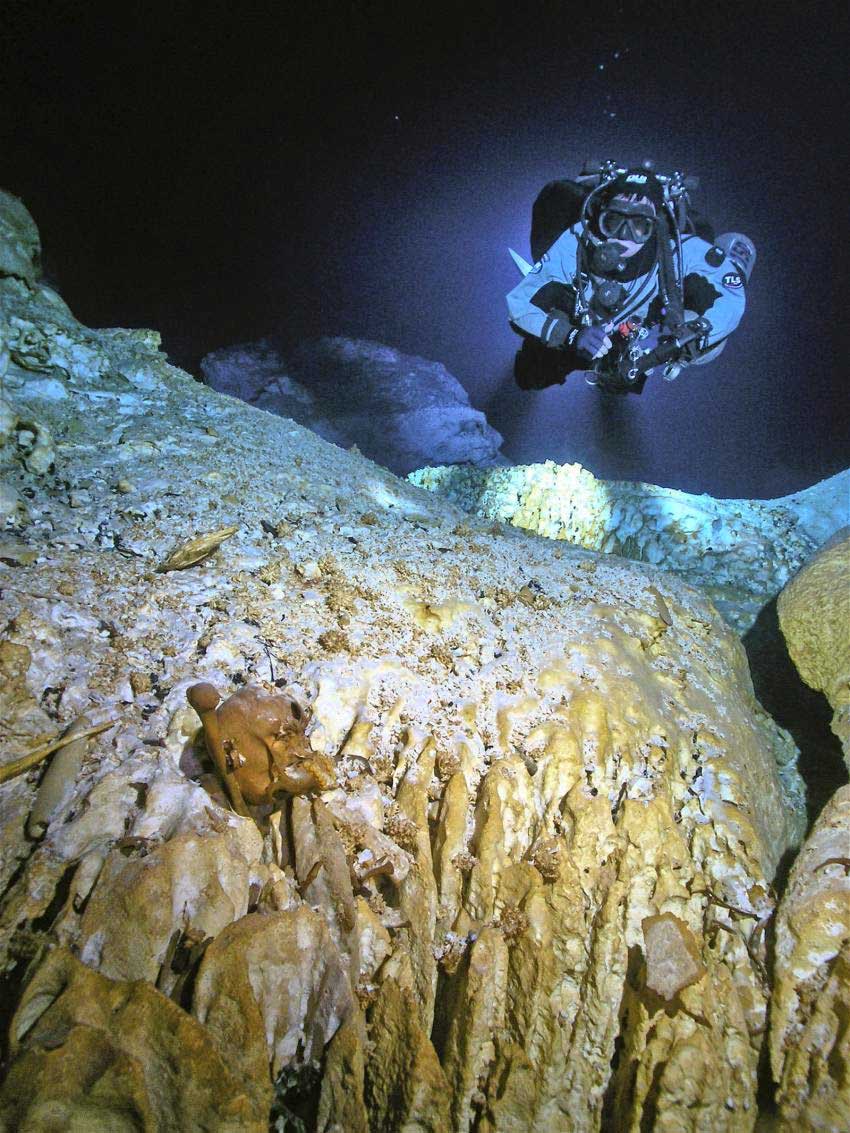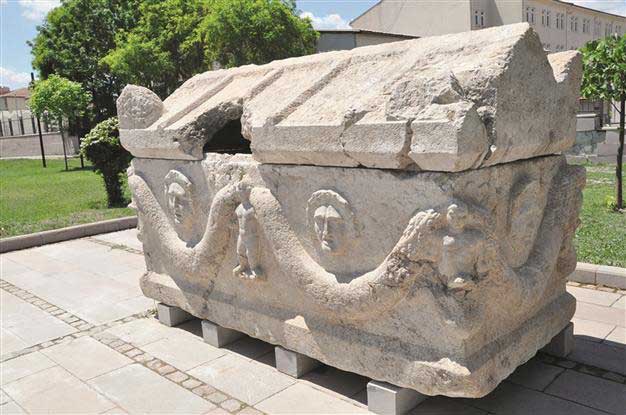From Saqqara to Budapest and Paris
Five ancient Egyptian artefacts that were smuggled out of the country in 2002 were located Fine Arts Museum in Budapest and on the brochure of an auction hall in Paris.
Cyprus Banknotes. Environment-History-Folk Art
An exhibition on Cyprus banknotes, organized by the Bank of Cyprus Cultural Foundation, will be on show until 30 June 2015.
Meet the Mummies!
The exhibition "Ancient Lives - New Discoveries" has opened in the British Museum...
Routes and Resources in the Bronze Age Cyclades
Seminar about the 50 years of archaeological research in the Bronze Age Cyclades.
The chorus’ leader of the drama “Electra” in two vase paintings
This brief presentation underlines the utility of literary sources’ contribution to the iconographic material’s interpretation and iconography’s usefulness to the philological texts’ comprehension.
The last Crusader
Fascinating wall paintings recounting Jerusalem’s Crusader history were revealed while organizing the storerooms in Saint-Louis Hospital near the Old City.
Iklaina and the formation of Mycenaean States
The 7th meeting of the Mycenaean Seminar will be presented by Dr. Michael B. Cosmopoulos, Professor of Archaeology, University of Missouri-St. Louis Fellow, Academy of Sciences St. Louis.
7,000-year-old rock art found in Spain
Archaeologists in eastern Spain have discovered 12 prehistoric rock paintings depicting hunting scenes from 7,000 years ago.
EU Council Conclusions on Cultural Heritage adopted
For the first time ever, the Council of the European Union has adopted Conclusions on cultural heritage as a strategic resource for a sustainable Europe.
Antifascism and Resistance in World War II
The International Conference "Resistance and the Jews in Europe 1949-1945" is organized by the Jewish Museum of Greece and will take place in Athens on 29 and 30 May 2014.
Baby mammoth Lyuba goes on show
On the grassy plains of Siberia 42,000 years ago, a baby woolly mammoth fell into a sticky mud hole and choked to death, leaving her mother to grieve for her...
Earliest prehistoric object in London
A new discovery at the new site of United States embassy in London suggests that the city's past might reach back to the Palaeolithic period.
Translating in Antiquity, Translating Antiquity
The Department of Philosophy, Classics, History of Art and Ideas at the University of Oslo is seeking to appoint a Postdoctoral Fellow to work on 'Translating in Antiquity, Translating Antiquity'.
The incredible journeys of Buddha’s Word
Some of the world’s oldest Sanskrit and Buddhist manuscripts – and a gift from the 13th Dalai Lama – in a special exhibition on Buddhist books from 28 May.
Archaeology and an odd polis
Professor Vladimir Stissi is giving a lecture at the Netherlands Institute of Athens entitled "Archaeology and an odd polis: The case of Halos (Thessaly)".
Secret life of Nubian medieval monks
Heavenly creatures and mundane situations. Sanitary complex adjoining church and angelic names on ceramic bowls found at al-Ghazali, Nubia.
Discovering the artists of the Eastern Sahara
Dr Giulio Lucarini talked about his fieldwork in the Egyptian Western Desert and showed images of newly-identified Neolithic drawings to a public audience for the first time.
Ptolemaic temple found in Gebel El-Nour
Made of limestone and probably dedicated to Isis, the temple had been commissioned by King Ptolemy II Philadelphus (284-246 BC)
Roman drama and its contexts
The Aristotle University of Thessaloniki, Department of Classics is organizing the 8th Trends in Classics International Conference, focusing on Roman Drama and its contexts, from May 29 to June 1, 2014.
The raise of an empire on the move
Contradictions, fruitful scientific correspondence, new theories and earlier views on Eretria's early days.
Bones from a watery ‘Black Hole’ sheds light to Western Hemisphere’s first people
The skeletal remains of a teenage female from the late Pleistocene found in an underwater cave in Mexico have major implications for our understanding of the origins of the Palaeoamericans and their relationship to modern Native Americans.
1,900-year-old tomb came to light at illegal excavation
Archaeologists believe there was a female body inside the tomb which came to light during illegal excavation in a village of the province Çorum’s Sungurlu.
